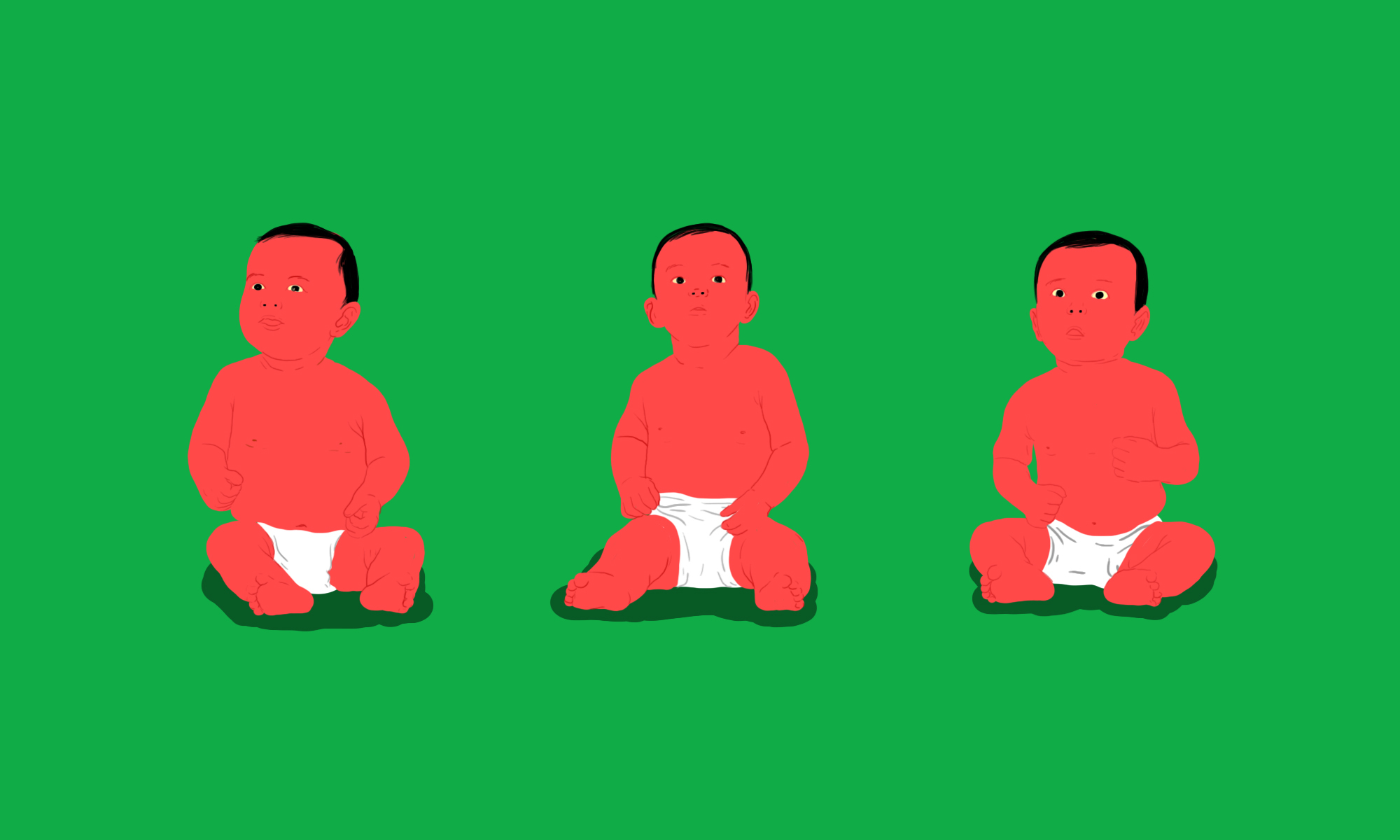China vows to reduce ‘medically unnecessary’ abortions — allegedly for the benefit of women
China is moving to limit women’s access to abortions conducted for “non-medical reasons.” But as scary as it might sound at first, the reason behind the move may be less sinister than critics think.

China will strive to reduce the number of abortions performed for “non-medical purposes,” according to new guidelines issued by the central government. Although the pledge was framed as a desirable goal for women’s reproductive health, the news has been met with a great deal of suspicion on the Chinese internet, with feminists and others arguing that the move is actually intended to boost China’s declining birth rates.
The controversial policy is part of a sprawling document (in Chinese) published today by the State Council. The document outlines a wide range of objectives concerning “women’s development” in the coming decade, divided into eight categories including education, social welfare, and political representation.
Under the section on women’s well-being, the government suggests a variety of measures to protect and advance women’s reproductive health, including implementation of comprehensive sex education in schools, improving women’s access to contraception and birth control, and better regulations on the use of assisted reproductive technologies. In the context of “decreasing unwanted pregnancies” and “increasing pre-marriage health services,” the government promises to “reduce abortions conducted for non-medical reasons.”
The document does not provide detail on what constitutes a medically necessary abortion, nor does it clarify if health authorities will restrict access to the procedure. Similar language can be found in the 2011 edition of the development plan, in which the State Council vowed to “prevent and control unintended pregnancies and abortions.”
In other parts of the new document, the State Council also pledges to increase female representation in the government, address gender discrimination and sexual misconduct in the workplace, and use tax policies to help families afford child care. It also stresses that gender equality is a fundamental state policy, adding that the overall development of women is “an important indicator of the progress of civilization” in China.
China news, weekly.
Sign up for The China Project’s weekly newsletter, our free roundup of the most important China stories.
However, none of these nice-sounding policies generated as much attention as the brief mention of abortion. On Chinese social media, the news triggered a groundswell of outrage. Some observers expressed fear that their ability to make independent decisions about ending an unwanted pregnancy would be challenged or even taken away, while others condemned the move as a violation of women’s right to reproductive freedom and bodily autonomy.
“In the end, after all the years of Chinese women trying to prove that we have worth aside from our reproductive attributes, we are still seen as a birthing tool,” a Weibo user wrote (in Chinese). Some compared the guideline to the abortion law debate in the U.S., saying that China “pulled a Texas” in restricting women’s choices.
Many critics also pointed out that it’s hard not to see the move as an ominous sign against the backdrop of China’s flagging birth rates. Confronted by a major demographic crisis amid slowing fertility rates and a graying population, China has introduced a slew of measures to encourage childbirth in the past few years. The abortion policy, they argue, is the latest attempt by the government to accelerate brith rates.
Not all the reactions were angry, though. Some commenters argued that the abortion policy might look horrifying at first glance, but in the context of the document, it was clearly meant to reduce abortions caused by unplanned pregnancies. Others also said that the term “medically unnecessary abortions” was commonly used in China to refer to sex-selective abortions, which are illegal but common in the country due to a deeply-rooted preference for sons in many families.






